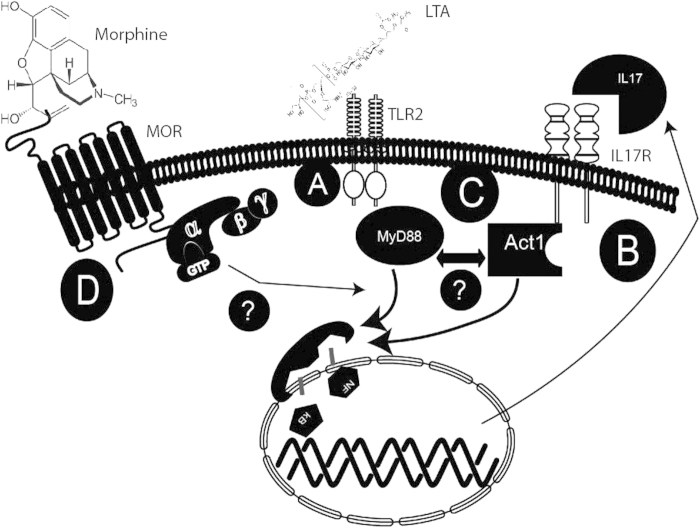Figure 8. Proposed model for IL-17 homeostasis in the lungs and its disruption by morphine.
IL17 levels are elevated in the broncho-alveolar lavage (BAL) of wild-type mice following infection with S. pneumoniae. Additionally, we have shown that bronchial epithelial cells have the requisite machinery to produce and secrete IL-17, upon TLR2 stimulation. We propose that TLR2 activation resulting in IL-17 secretion and build-up in the lung (a) stimulates IL17R which signals through Act1 and TRAF6 to downregulate TLR2 induced pro-inflammatory cytokines including IL-17 after an initial burst (b). Our data shows that 1) epithelial TLR2 mediated IL-17 secretion is the first line of defense against invading pathogens. 2) Cross talk between IL-17 induced IL17 receptor activation and TLR signaling results in down-regulation of pro-inflammatory factors (TLR2 tolerance) after the initial burst and returns homeostatic balance, implying a protective inhibitory loop in the inflammatory milieu of the two pathways (c) and, 3) Morphine treatment disrupts the cross talk thus upsetting the homeostatic balance. Our preliminary studies indeed suggest association between downstream signaling intermediaries between the two pathways supporting chronic morphine’s disruption of this cross-talk (d), upsetting the tight balance that keeps the inflammation in check under normal conditions.

